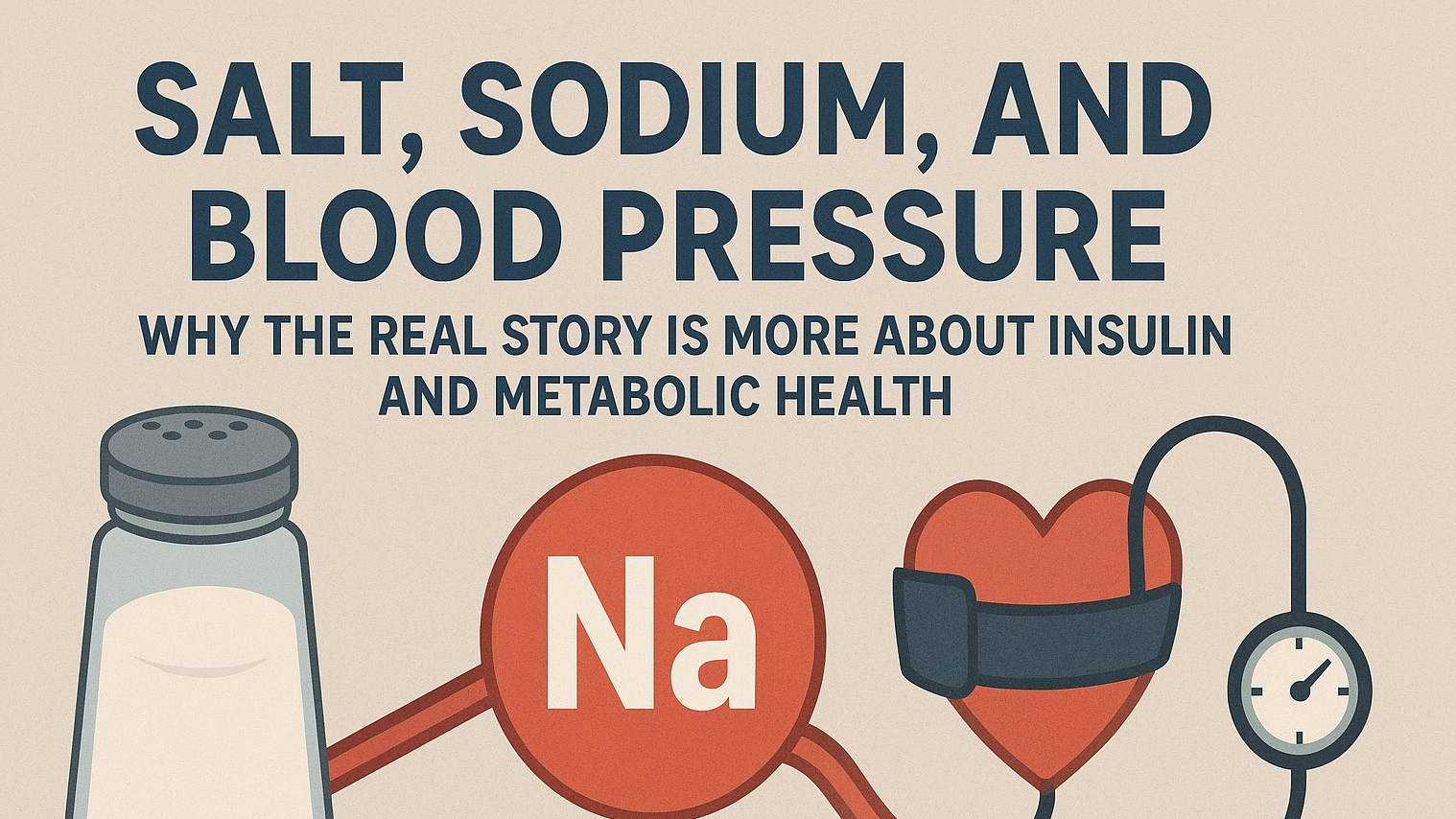
Ready to commit to a fitness program, but not sure where to start? Kicking off your journey with a one-month program that combines cardio workouts and strength training will allow you to gradually build up strength without getting bored.
This four week program is designed with beginners in mind, but can be leveled-up if you're already well-versed in the exercise world. It’s a combination of strength training and cardio, and to give the beginner fitness enthusiast what they need to get stronger and more confident for their fitness pursuits.
The Plan
This workout has four weeks of workouts to complete. Start with the cardio segment and immediately follow it up with the strength circuit during each workout. Be sure to drink plenty of water and stop and rest if you feel tired or dizzy. Consult with a physician first to ensure this plan is suitable for you.
Week 4
Plan: Work out at least 4 days (50-75 minutes of cardio + strength + weight training), alternate with 1-3 rest days, or do 1-2 days of a 20-minute gentle yoga/stretch session.
Cardio Segment
Total of 20 minutes. At the end, log the total distance covered—it should be longer than week 3. If it’s not, you may need to increase your medium and/or your fast pace. Still rely on the Borg scale to verify you are not overexerting yourself (Borg Scale 13-18).
1st 10 minutes:
- 2-minute walk at a medium pace
- 2-minute run/jog at fast pace
- 1-minute walk at medium pace
- 1-minute run/jog at fast pace
- 1-minute walk at medium pace
- 1-minute run/jog at fast pace
- 1-minute walk at medium pace
- 1-minute run/jog at fast pace
2nd 10 minutes:
- 1- minute at medium pace
- 2-minute run/jog at fast pace
- 1-minute at medium pace
- 2-minute run/jog at fast pace
- 1-minute walk at medium pace
- 2-minute run/jog at fast pace
- 1-minute walk at medium pace
Strength Segment
- Crunches: Keep the repetitions the same as week 3 with the added pulses.
- Back Extension: Superman lifts 3 reps each held for 1 minute
- Planks: 45-60 seconds for 3 sets with legs extended into full plank position
- Bridges: 3 sets held for 1 minute—after each minute, do 10 tiny upward pressing pulses
- Pushups: 3 sets of 10-20 reps with legs extended into full plank position
- Squats: 10-20 reps followed by 30 second holds, 3 sets
- Dips: 3 sets of 20
- Lunges: Holding your heavy free weights (5-10 lbs), alternate your lunges for 40 total reps (20 on each leg).
Weight Training
Use 1 set of light free weights (2-4 lbs) and 1 set of heavy weights (5-10 lbs). For each weight set, complete 2-3 sets for 15 reps each. Rest 30 seconds between sets.
- Alternate between chest press (heavy weight) and reverse flys (light weight)
- Alternate between bent forward rows (heavy weight) and lateral shoulder raises (light weight)
- Alternate between bicep curls (heavy weight) and triceps extension (light weight)
Bonus Move
Do round 2 of crunches. Keep the repetitions the same as week 3 with the added pulses.
Checkout this workout and more at larsonhealthweightloss.com
 Add Row
Add Row  Add
Add 










Write A Comment